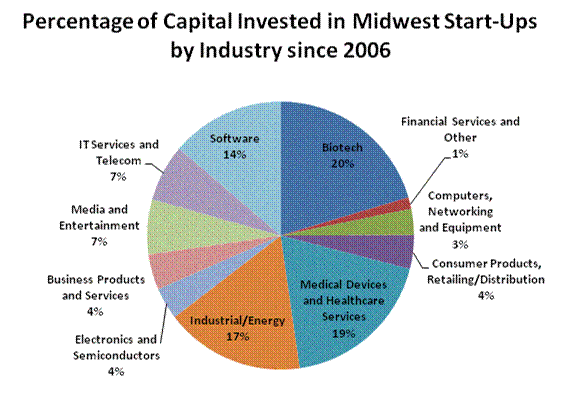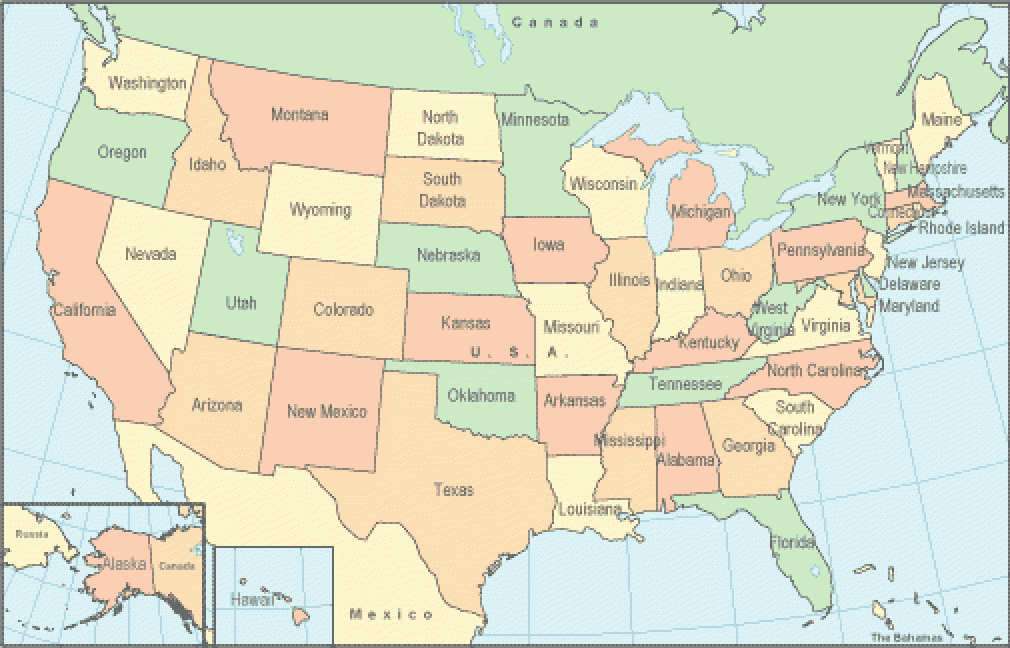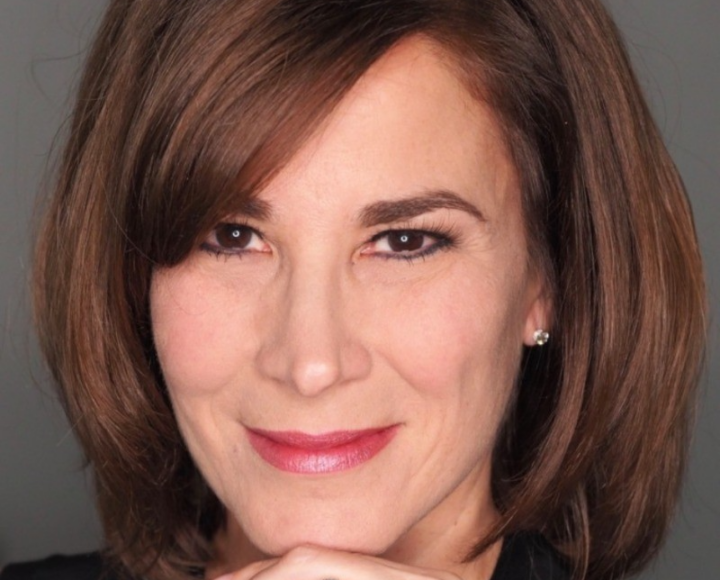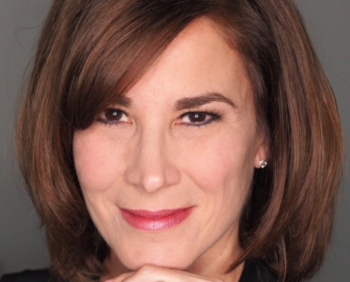
Many Midwestern entrepreneurs feel like the region does not get its fair share of early stage capital and the numbers back them up. The best data on early stage capital comes from the MoneyTree Report, survey results published by PricewaterhouseCoopers and the National Venture Capital Association. As defined by the report, the Midwest constitutes Illinois, Missouri, Indiana, Kentucky, Ohio, Michigan, and western Pennsylvania (the Pittsburgh region). Early stage capital is defined by the report as companies typically less than three years old, with an available pilot version of their product or service. Sometimes the product is commercially available. This roundup will take a look at early stage investing in the Midwest within the last five years, summarizing how much capital has been invested, how many deals have been done and which industries got the capital.
In the last five years, Midwestern companies raised 4.43% of all the early stage dollars invested in the U.S. By population, the region makes up about 18% of the country, so we are certainly batting below average. However, there is some good news in what is going on in the Midwest. While the total percentage of investment dollars is below five percent, there has been a rise in the number of individual deals getting completed in the Midwest. In the first half of 2011, 9.27% of all early stage deals done in the country were based in the region. That is a big uptick. In fact, in the first half of 2011, the Midwest only did nine deals shy of the total number completed in all of 2006, 60 verses 69 respectively. This year looks to be a great year for total deals being done in the Midwest. Seeing the total dollar percentage of investments made in the region stay roughly the same while the total number of deals is rising over the last five years points to an increase of Midwestern companies raising smaller rounds of capital than companies on the coasts.
Where does the money go? Over the last five years, the biotech, medical devices/equipment and healthcare services industries account for 39% of all early stage companies funded in the Midwest. The next largest industry funded in the Midwest is industrial/energy, making up 17% of early stage investments since 2006. Software companies make up 14%, media and entertainment companies raised 7%, and IT services and telecom companies raised 7% of all early stage capital closed on in the Midwest since 2006. All remaining industry categories raised under 5% of total capital.

While the Midwest has a long way to go before the region can claim a more equitable share of early stage capital for entrepreneurs, there are many positive signs. First, the uptick in number of companies funded is certainly something to be excited about. Since more companies funded should drive up the total number of successful Midwestern exits, it is better to see more deals done than a handful of expensive deals completed in the region. The National Venture Capital Association estimates that only 20% of investments yield sizable returns, so for 2010’s 90 completed deals, roughly 18 of them should provide nice exits in the next few years.
Secondly, Groupon’s IPO looks to be the largest internet-based exit ever to occur in the Midwest. This gives the region some much needed national credibility that we can build huge businesses. Big exits also provide capital which is often used to reinvest in future start-ups. In addition, the public nature of the success will hopefully inspire another generation of entrepreneurs to build huge companies.
Finally, there is an exciting proliferation of bottom-up initiatives springing up around the Midwest to accelerate the growth of start-ups. These are typically privately funded, for-profit initiatives that will be maintained only if they create successful companies. They are also focused on regional strengths. For example, in Chicago, Healthbox is an accelerator program just for medical tech companies. Cincinnati launched an accelerator called the Brandery to take advantage of the P&G executives living in the region, and is focused on building consumer products companies. St. Louis has the Nidus Partners. This group utilizes their corporate members to identify problems in the energy markets, and then finds promising research to commercialize that solves those problems. These groups are doing their work without government funding, and these initiatives are only a few years old. There should be great companies to come from these organizations.
Hopefully, a decade from today we will be talking about all the jobs and wealth created by start-ups in the Midwest and forget all about the time when success stories in the region were hard to come by. If things keep moving in the current direction, we will.









